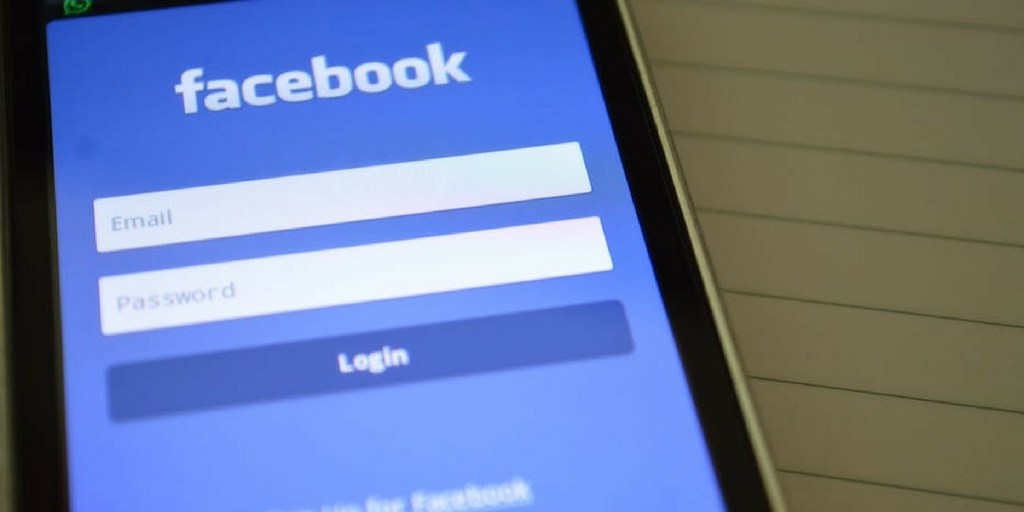
Using Marketing Automation for Supply Chain Lead Generation
Updated January 2025
Marketing automation can help supply chain marketers become more efficient and more successful in earning and converting leads.
Automation is changing today’s supply chain, and not just because robots and autonomous vehicles are scooting around warehouse floors. Supply chain marketers can use automation to drive efficiency and improve our success rates.
HubSpot recently reported that businesses using marketing automation to nurture leads received a whopping 451% increase in qualified leads. So how can you reap these benefits? Let’s take a quick look at automated marketing applications in supply chain marketing.
How can I use marketing automation for supply chain lead generation?
B2B buyers are increasingly demanding vendors provide personalized experiences throughout the buyer’s journey. That makes marketers’ jobs 1 million times more difficult in having to provide custom lead-nurturing content to all prospects in the database. Enter, marketing automation — a way to automate the process of personalizing leads’ interactions with your business. HubSpot describes marketing automation as “software and tactics that allow companies to buy and sell like Amazon — that is, to nurture prospects with highly personalized, useful content that helps convert prospects to customers and turn customers into delighted customers.”
Examples of ways supply chain marketers might use marketing automation include:
- Chatbots
- Social media scheduling tools
- Thank-you, welcome, and other triggered-by-an-event emails
- Event reminders
- Email workflows
The Evolution of Marketing Automation in Supply Chain
Marketing automation is transforming how supply chain marketers generate and nurture leads. According to Salesforce’s 2023 State of Marketing Report, 71% of marketers report significant productivity improvements through automation implementation.
Current State of Automation Adoption
Recent market research paints a clear picture of automation’s growing impact in B2B marketing. According to Gartner’s latest findings, more than three-quarters of B2B marketers have either implemented or are in the process of implementing marketing automation solutions. This widespread adoption is driven by tangible results: teams are seeing their manual task load reduced by nearly a third through automation. The benefits extend beyond efficiency – Salesforce’s 2023 research shows that 69% of marketing teams have enhanced their personalization capabilities through automation. These improvements in efficiency and customization translate to bottom-line impact, with McKinsey reporting that companies typically achieve a 15-20% reduction in their overall marketing costs after implementing automation solutions.
Understanding Modern Supply Chain Marketing Automation
Core Technology Components
B2B buyers expect personalized experiences throughout their journey. Successful marketing automation for supply chain lead generation combines strategies like these:
- Chatbots
- Social media scheduling tools
- Thank-you, welcome, and other triggered-by-an-event emails
- Event reminders
- Email workflows
- AI-powered lead scoring
- Behavioral analytics
- Multi-channel campaign management
- Predictive engagement tools
Key Automation Capabilities
Modern supply chain marketing automation platforms offer:
1. Intelligent Lead Management
- Automated lead scoring
- Behavior tracking
- Engagement analysis
- Qualification workflows
2. Multi-Channel Campaign Orchestration
- Integrated social media management
- Content distribution
- Cross-platform analytics
- Performance tracking
3. Email Marketing Automation
- Dynamic segmentation
- Behavioral triggers
- Performance optimization
- A/B testing capabilities
Implementation Strategy
Creating Effective Automation Workflows
We see companies achieve the best results when they focus on:
- Strategic Segmentation
- Industry-specific targeting
- Behavioral segmentation
- Company size consideration
- Content Personalization
- Dynamic content delivery
- Automated follow-up sequences
- Engagement-based adjustments
- Lead Qualification
- Predictive scoring
- Behavior analysis
- Sales readiness assessment
Example of Marketing Automation for Supply Chain Lead Generation: Automated Email Workflows
Automation is particularly useful in email. I’ve written before about how marketers spend way too much time creating marketing emails. How much of your day could you gain back if you didn’t have to create, send, and follow up with prospects via email?
One easy and effective way to utilize marketing automation in your emails is to set up an automated email workflow. That is a series of emails that a user will receive from you based on actions they take.
First, create an email list from your database based on certain criteria — like leads who have been inactive for 6 months or longer. Send them an email inviting them to download a new industry report you have published (using personalization tokens to show them its relevancy to their business). Then set a second email to send to only those who downloaded the report a day or two later thanking them for downloading. A third email could follow several days later offering a case study related to the topic. When someone downloads that case study, the workflow could trigger the designated sales rep to receive a notification to follow up with the prospect.
Instead of having to watch your database to see when a prospect takes each of these actions, then completing the necessary follow-up, automation software (we like HubSpot) can do this for you right when it happens. What’s more, those leads that have gone through the workflow will be more qualified (meaning more likely to buy), so your sales reps’ time will be better spent as well.
Measuring Success of Marketing Automation for Supply Chain Lead Generation
Key Performance Indicators
According to McKinsey’s Supply Chain Analytics Report, successful implementations show:
- 55% improvement in lead quality
- 15-20% reduction in marketing costs
- Increased sales team productivity
- Faster sales cycles
Marketing automation won’t make you irrelevant
Fear not, supply chain marketer. Marketing automation will not make you redundant. Instead, automation makes marketers more efficient, more successful, and more valuable. It’s really a win-win.
Related posts:


